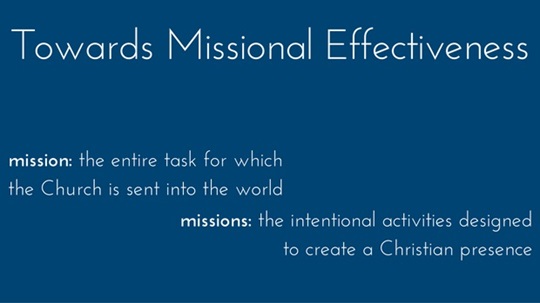God’s mission involves sending. But what does God send His people to do?

I’m in a blog series covering the topic missional effectiveness. In the previous post, I started to explain the marks of God’s mission, beginning with the missional mark of community.
Today, I’ll cover the missional mark of sentness.
The Missional Mark of Sentness Explained and Exemplified
God’s mission has a dual movement—it moves centripetally and centrifugally. Thus, God’s mission isn’t static—it’s active.
One of the active characteristics of God’s mission is the notion of sentness. God establishes this pattern early in redemptive history. He goes to Adam and Eve, sends Abraham to the Promised Land, Moses to Egypt, Jonah to the Ninevites, Israel to Babylon, Jesus to the world, the Spirit to the Church, and the Church to the nations.
Clearly, God’s mission involves sending. But what does God send His people to do? Taking into account passages such as Genesis 1–2, Genesis 12:1–3, Jeremiah 29:1–7, Matthew 5:13–16, and Jesus’ sentness, the missional community of God is sent in the world to do at least two things.
1. God’s missional community is sent to be faithful in all areas of life.
This point dives deeper into the community’s obedience to the word of God in all areas of life. While I don’t have space to look at all of the verses above, let me note Jeremiah 29:1–7 to explain this idea.
Some may wonder, why use this passage?
Wasn’t Israel taken into captivity because of their sin? Yes, Israel finds themselves in Babylon because of their sin. However, we read in Jeremiah 29:4, “Thus says the Lord of hosts, the God of Israel, to all the exiles whom I have sent into exile from Jerusalem to Babylon….” …





